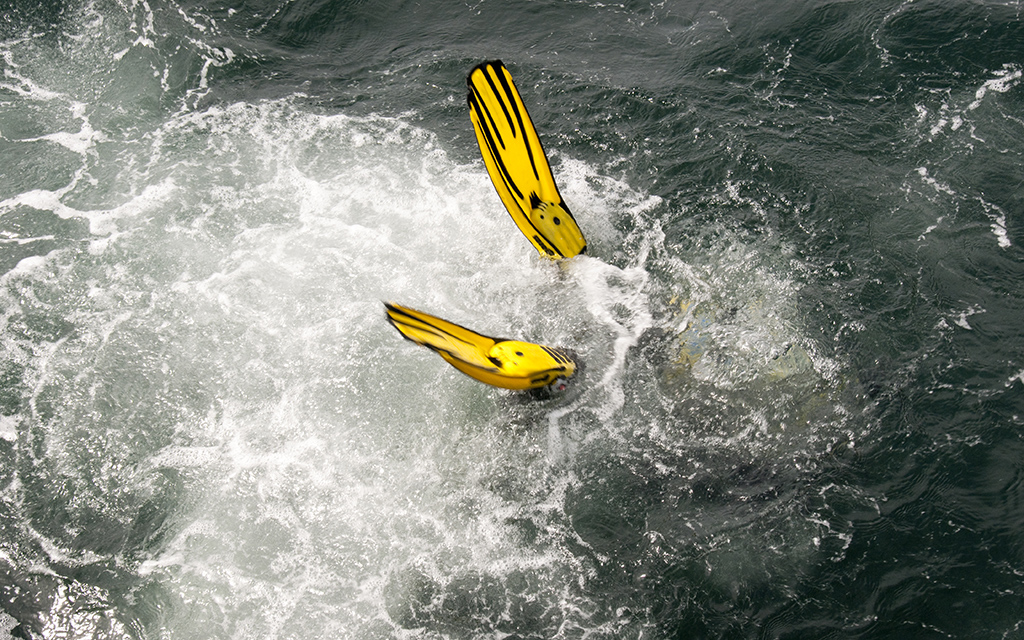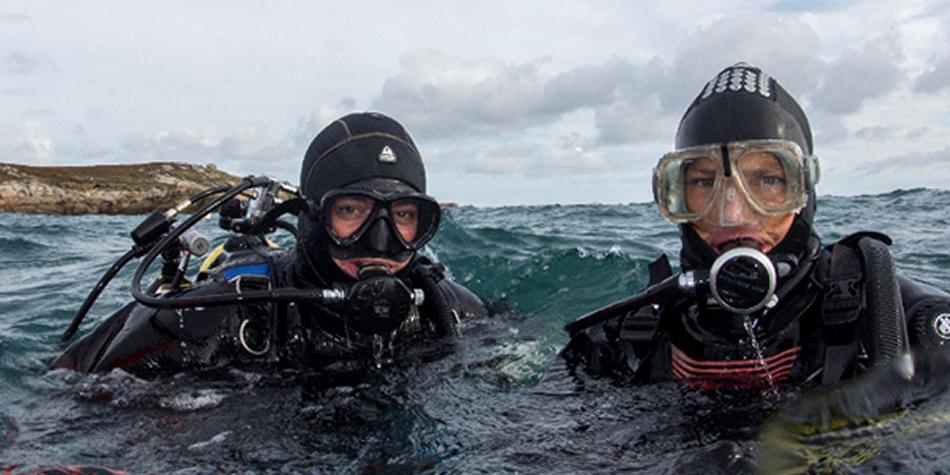
Jim Watson, BSAC Safety and Development Manager, shares safety advice for those about to return to diving in the sea after a period limited to inland diving.
Like most things these days there is little or no predictable routine to just about everything and the reasons for a gap in diving are no different.
The old routine of preparing for the start of the diving season (for those who subscribe to such a thing) and the ‘traditional’ advice given by agencies on the topic are increasingly “not the norm”. However, the preparation advice remains fairly consistent.
So whenever, and however you return to diving, undertake something new, or just venture to the sea for the first time after a period of being confined to inland diving, here are some things to consider :
Prepare yourself
The core component of your diving or snorkelling system is you yourself. It is all too easy for a lack of activity to take their toll on both your physical and mental preparedness for our activity. An honest self-assessment is the best starting point to help you recognise that simply jumping in and carrying on as you had previously is perhaps not the sensible thing to do.
Once you recognise the impact of your absence, then setting a realistic objective will at least instil some motivation and anything you can do to prepare yourself for a safe return to diving can only be a good thing. One of the tricks is to remember that your objective is to return to diving, not prepare for a marathon or the Olympics. Logically from that then ‘related’ activities such as swimming or better still finning practice will be more effective than walking, shuffling, running etc., although any physical activity will be beneficial.
Trying to do too much initially can not only increase the risk of injury and a setback but also can be frustrating and may undermine your initial motivation. A simple first step would be to get down the pool for some initial swimming or finning practice. The next logical progression is to actually go diving, but in controlled and benign conditions before committing to progressively more challenging conditions.
Prepare your equipment
The time to ensure your kit is still fit for purpose is before you commit to lengthy travel to the coast. A little preparation and forethought will help avoid a sudden failure that could result in a lost dive or two.
So check all your kit, have essential servicing done and make sure your cylinders are in test. Perhaps even more importantly check your weighting, especially when moving from fresh water to the sea (and vice versa). Incorrect weighting can ruin a dive. Too little weight can at best be a frustration whilst you have to add more weight in order to get down or worse still being underweighted at the end of a dive and have difficulty in controlling your buoyancy. We are receiving a growing number of concerns about divers carrying excessive amounts of weight, with a range of flawed rationales being given for doing so. Carrying excess weight increases the effort required to overcome that weight and the amount of buoyancy required to counter it, both of which are inconsistent with safe diving.
Have a plan
Having a plan for your return generates the motivation to get everything above done (and more), and is a major part of the process. Having a fixed objective, such a dedicate trip or a project, can have a real positive result in getting you into the right mindset to achieve everything in time and be properly prepared to enjoy your diving or snorkelling for another year. Better still is identifying suitable training for a project that can be conducted in controlled conditions and serve to further enhance your skills and experience. The recently released Underwater Surveyor course could fit that bill nicely?
Stay safe – dive safe
Jim Watson
Safety and Development Manager


 Author: Jim Watson | Posted 18 May 2024
Author: Jim Watson | Posted 18 May 2024



